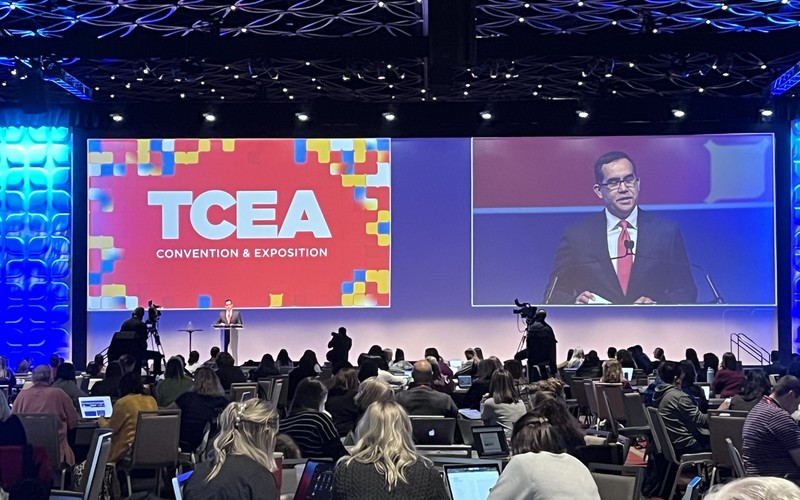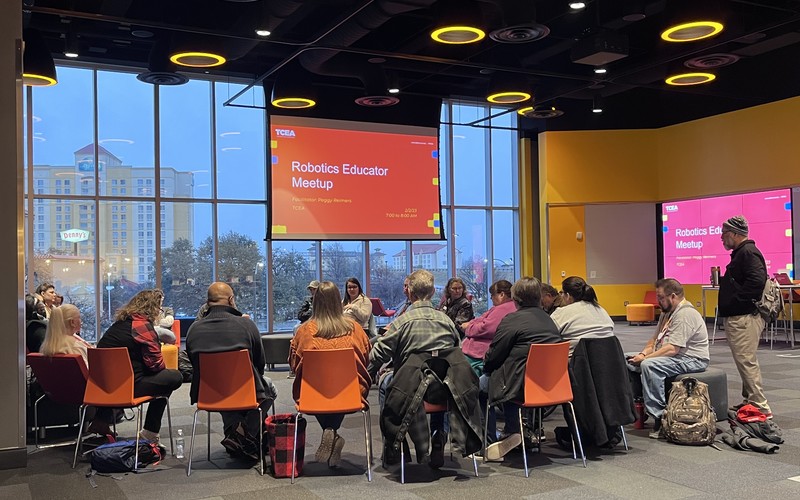2. Leaders Use Urgency and Collaboration to Promote Transformation
Michael Hinojosa, former superintendent of the Dallas Independent School District, shared a lesson he took from John Kotter, a professor at Harvard Business School. Kotter noted that transformation fails for two reasons: no sense of urgency or no guiding coalition to solve the problem.
This idea became more concrete for Hinojosa in March 2020 during the COVID-19 lockdown, when many Dallas students lacked devices to complete schoolwork as well as the home internet access to power them.
Hinojosa said he urgently started building a coalition to meet the need. He invited other school districts, local colleges and universities, government agencies, businesses, nonprofits, and even sports teams together to provide free internet access to students.
WATCH: See how network upgrades connect students to immersive learning experiences.
3. Leaders Use Technology for Empowerment and Enhancement
While some educators are excited about the transformative nature of technology in education, others are worried that it could replace them. Still, several presenters said ed tech is not a substitute for teachers.
“Immersive technologies are great tools, but they’re not the only tool,” said Chris Klein, head of education at ClassVR. “There’s an old saying that I like sharing: ‘Any teacher that can be replaced by a computer deserves to be.’ Virtual reality is not supposed to replace your curriculum or replace teachers. It’s supposed to enhance teaching, inspire discussions and bridge gaps.”














